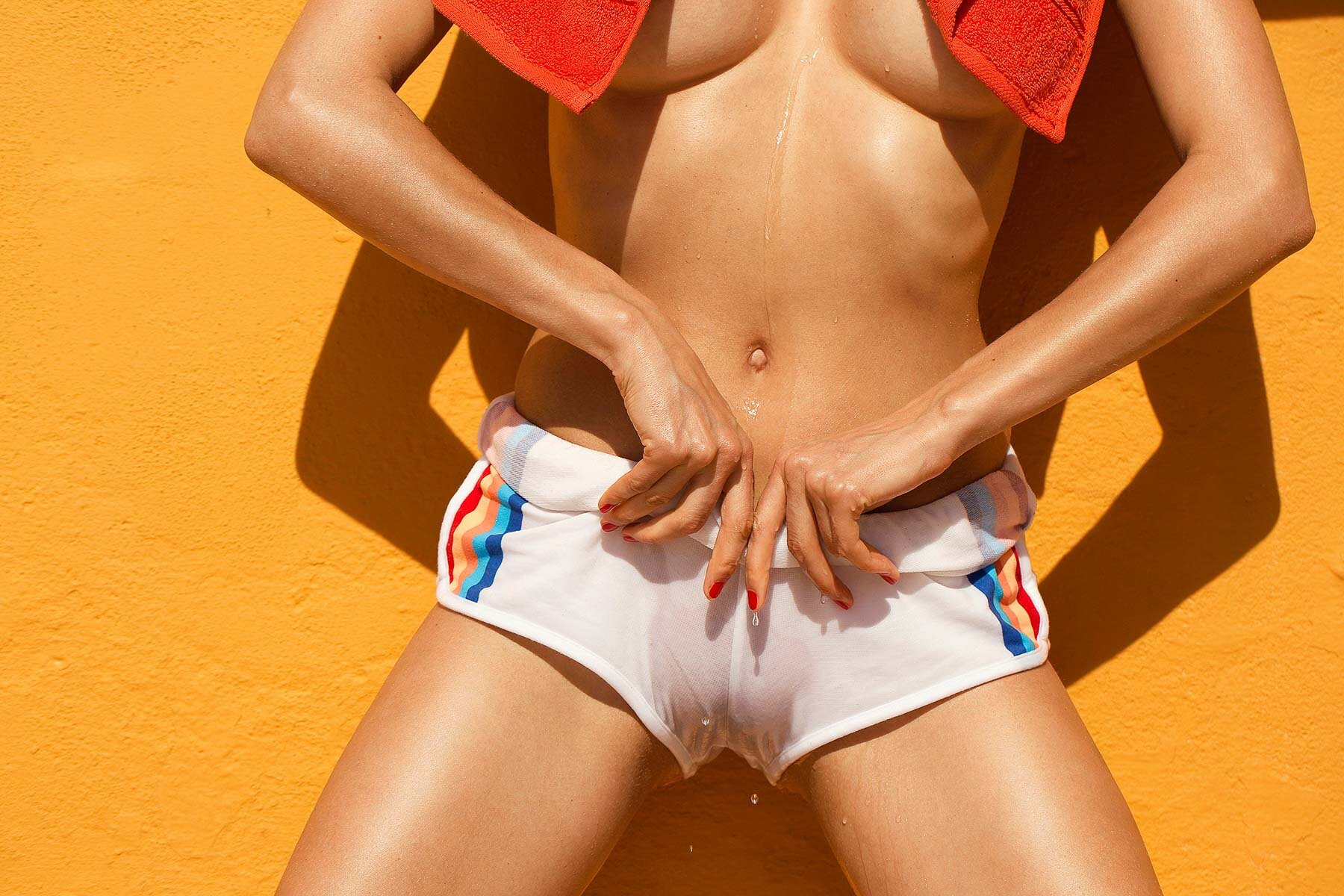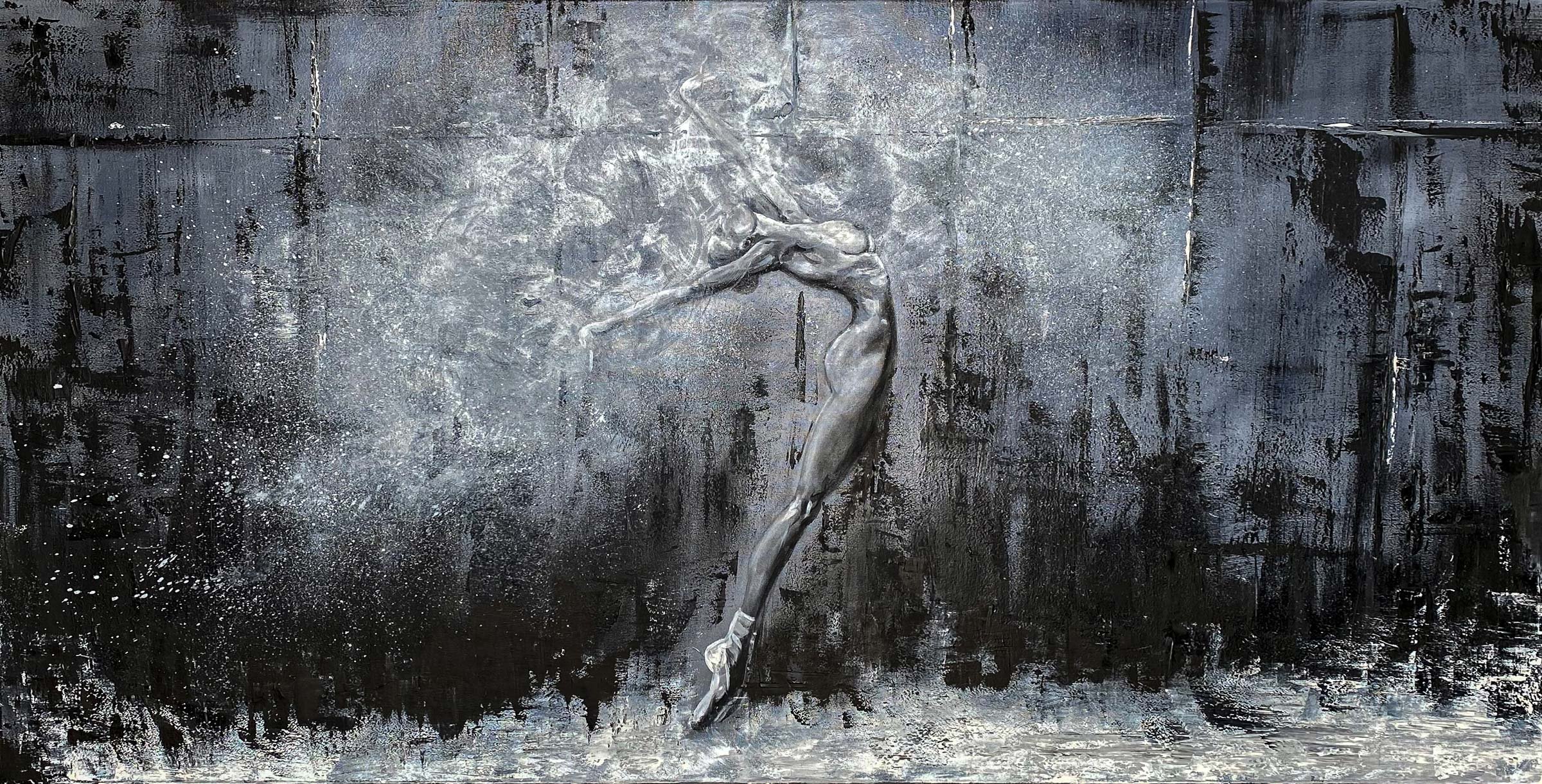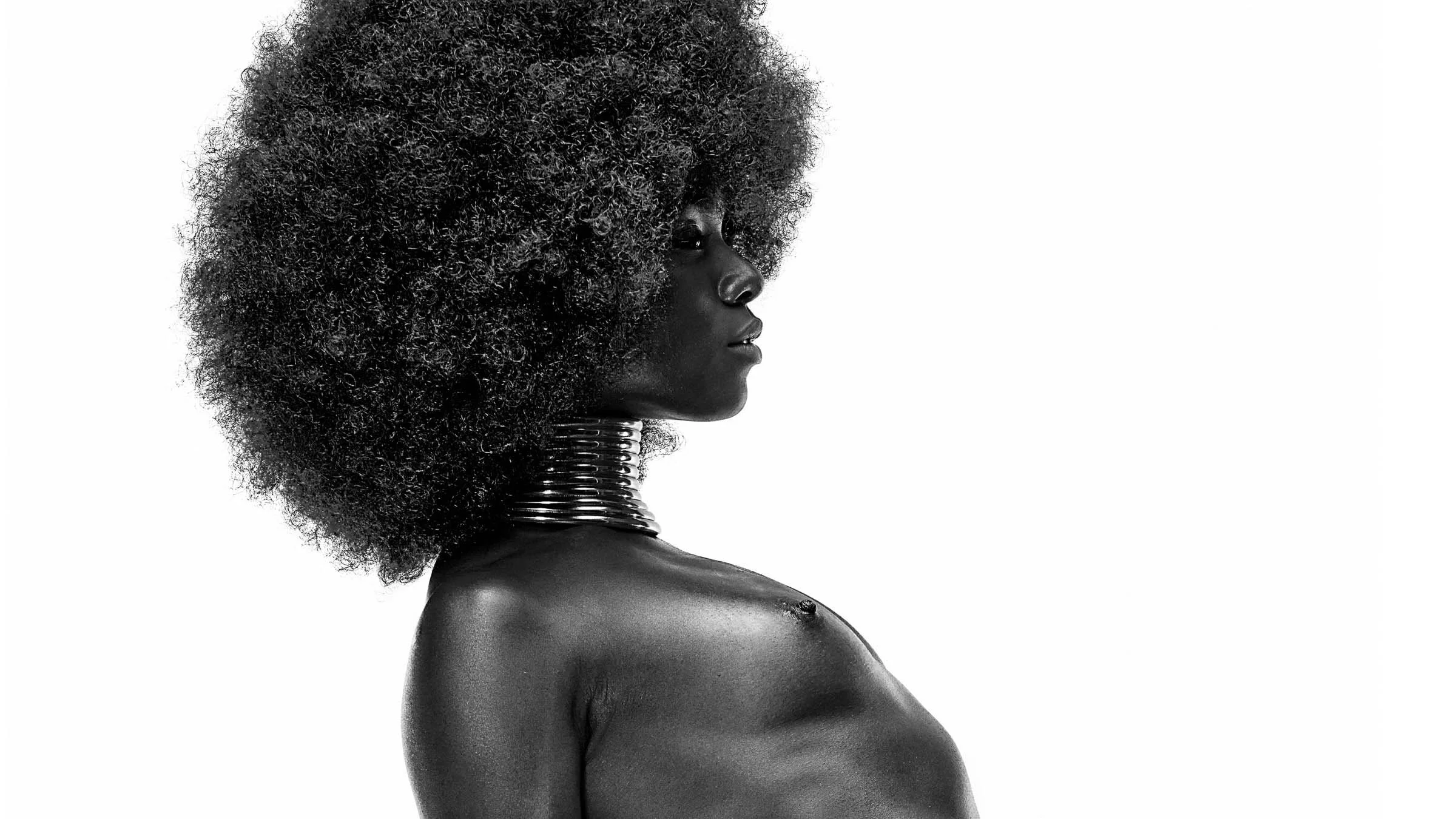PHILIPPE REGARD

Creatives IN PARADISE
Philippe Regard - Lost in Triangulation
ph. & art: Philippe Regard
t: Teddy Marks
Philippe Regard’s life would have taken a completely different direction had he not travelled to St. Tropez in the summer of 1988, when he graduated with a degree in economics, and met Roger Vadim.
Vadim, remembered for his role in the cinematographic evolution of many of the era's most striking women like Brigitte Bardot, Jane Fonda and Catherine Deneuve, offered him to be his personal assistant and from there everything changed.
Nowadays Philippe creates art in many different ways, as photographer, cinematographer and painter. Philippe Regard is the modern Frenchman in New York.
Lately we had a chance meeting with him in his Brooklyn Studio and we talked about life, his works and some other stuff.
Philippe, what was your best experience today/this week?
I got my second shot of the Pfizer vaccine.
Being born in France, studying Economics in Paris and working as a personal assistant for Roger Vadim, how or why did you come to NYC?
I am just lucky to have been born in France, one of the nations that value being human. I'm still not sure why I studied business when I went to college. Once I started working for Vadim, it didn't matter much because then my life took a new turn. I moved to Miami in the mid-90s to work in the film industry. I never left the US.
How much does your former work as director of photography on film sets influence your photographic style still today?
It took me a few years as a photographer to start using my knowledge of film for my images. For the first few years, I mainly shot fashion catalogs and beauty with flash. Then, in 2010, I built my own studio in Brooklyn. My photography changed. I started using only daylight, northern light to be exact, only open shadows and a very shallow depth of field. I simplified it so I could focus on the subject. That's what really counts! Vadim was a great acting director, and I got the memo.
“I SIMPLIFIED IT SO I COULD FOCUS ON THE SUBJECT. THAT’S WHAT REALLY COUNTS.”
What gave you the impulse to focus on photography and to take the kind of photos you do today?
I was simply born 10 years too early. I missed the digital revolution of film. It was such a hassle to shoot film, even though it was beautiful even in 16mm. The post-production process was a nightmare and so expensive. So after I lost my savings, I had to work as an assistant photographer. And because of my film background, I skipped a few steps and started working full time as a photographer, shooting mostly catalogs.
Where are your sources of inspiration apart from the female body obviously?
I copy everyone... and no one. I'm not sure I've ever created an image from scratch. I feel like I'm just transposing something I've seen or felt; a pose, a feeling, a mood.
Well, some of my favorite photographers are Lindbergh, Avedon, Newton, Penn, Man Ray, Cartier-Bresson, Lartigue.
What criteria do you use to select your models?
Casting is everything and there is only one Kate Moss, so it is complicated.
Do you still take analogue photos? What are the advantages for you? The deceleration?
The last time I shot film was in 2003. I never looked back. However one day I will surely buy a used Hasselblad V series and shoot only Tri-X.
“CASTING IS EVERYTHING AND THERE IS ONLY ONE KATE MOSS, SO IT IS COMPLICATED.”
Let’s talk about your new series of paintings “Lost in Triangulation” which you created during Lockdown. What was your initial impulse to start this series?
I was at home and stuck between three walls. If I wasn't able to capture life through my camera, I had to recreate it. A photographer who is unable to see the world appear before his trained eyes then tries to think it into existence. And in doing so, I create a new universe based on the elemental symbol of my personal zeitgeist: the triangle.
You said you were not able to capture life through your camera, so you had to create a world of your own. That sounds very dramatic. Your works contain on the one hand very graphic triangular elements, on the other side they seem to be very organic. In combination with the selection of colors does this reflect a distinctive mood of yours while creating these works?
With this spatial project, I have become unstuck in time. This series of Acrylic paintings reveal the surrealist inspirations, cubist aspirations, and existentialist rumination that shaped my formative years as an artist, as well as in conversation with the Op Art contemporaries: Riley, Vasarely, or Richard Anuszkiewicz. A work symbolic of the trials of our time and the promise of an alternative creative genesis for a new era.
“LOST IN TRIANGULATION.”
Aquarius (2020)
When Lockdown will be over, will you still continue this series?
I am planning to become a full-time painter, and I believe that it is going to make me a better photographer.
What is on your favorite to do list?
Not having a to do list.
Where do you go when you want to be with yourself?
On a 45 footer Sailboat I do not have, and far at sea. For now, on my bike, wandering in Brooklyn.
Your photography is …
Not for me to say.
Your life without photography and art would be …
a Void.
Thank you for your time and words!
PHILIPPE REGARD “Bite Me” Series in our shop:
I FEEL LIKE I'M JUST TRANSPOSING SOMETHING I'VE SEEN OR FELT; A POSE, A FEELING, A MOOD.
PHILIPPE REGARD “JUNGLE FEVER” - MARLEY EXCLUSIVE COLLECTION IN OUR SHOP:
Biography
If one had to choose a foundational moment in the life of Philippe Regard, you would have to return to the summer of 1988. A twenty something freshly graduated from Paris University of Economics, he heads to St. Tropez, allured by seasonal migration where the Parisian elite flocks to the Mediterranean to see and be seen. There, he meets Roger Vadim, iconic film director of the French New Wave, now departed, remembered for his role in the cinematographic eclosion of many of the era's most striking women: Brigitte Bardot, Jane Fonda, Catherine Deneuve. Vadim is amused by the energy and audacity of the young man, and hires him as his personal assistant. The ensuing period is that of apprenticeship of the world of the image for Philippe: three plays, two TV series, and one audition tour of France looking for the next generations talent.
After a popular introduction to the art world, the young Philippe learns a foundational lesson: turbulent times either drive the creative impulse away or, on the contrary, strengthen an individual's resolve to express the inner flow of perceptions and emotions that is bubbling beneath the skin. Inspiration comes from hard moments.
Following his apprenticeship with Vadim, Philippe moves to Miami and becomes assistant director then director of photography on film sets. His dream is to write, direct, and produce his own long feature. However, despite saving for years with the hope of directing his own film, he does not manage to see it post production. Still, he is fascinated with the image, the manners in which one may capture the ephemeral moment and extract from a passing impression a universal dimension.
He heads north to New York City, to become a photographer. The memories of his film fade away. He is able to make a living off his art, after finding his own style which irrigates his work until today. Philippe captures his subjects in an intriguing mix of vulnerability and power. Such an approach was popular in the fashion world, where models are too often represented as expressionless pieces of wood.
In 2008, style photography work becomes hard to find. The implosion of the industry leaves Philippe with empty pockets but a head full of ideas. During that year, he moves into an abandoned industrial space in the Gowanus, and re-models it to create his ideal studio. In the lineage of Peter Lindbergh, the natural light of the studio wraps around his models to reveal spontaneous, blinking emotion. These signs tell a story. This story moves the viewer beyond aesthetic considerations.
Today, after years of capturing human subjects with his camera, Philippe explores a new medium: collage on canvas. He builds on previous work, using previous portraits that he cuts, deconstructs, and reassembles to create distinctive paintings. Whereas a younger Philippe may have been focused on painting an individual subject, a new layer is added: the artist interrogates his own process of representation.
A worldwide shakedown, like in 2008, was needed to push the artists' creative inspiration beyond the frontier of previous exploration. During months of lock down, Philippe Regard is locked down in his studio. He turns around in circles, or rather, in triangles.
Philippe and his “Lost in Triangulation” paintings
PHILIPPE REGARD
Creative in Paradise: Philippe Regard
Interviewer: Teddy Marks
May 2021
HIGH-CLASS LIMITED EDITION PRINTS by PHILIPPE REGARD in OUR SHOP:
ALL YOU NEED
STAY UPDATED AND DON’T MISS OUR BEAUTIFUL ART
You can unsubscribe from our newsletter at any time.
By subscribing to the newsletter you accept our privacy policy.




















